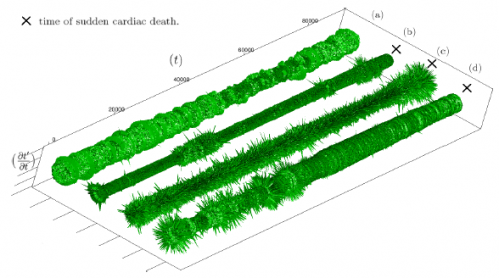An interesting tidbit from Science:
Dennis Normile
In Western cultures, the future lies ahead; the past is behind us. These notions are embedded in both gestures and spoken metaphors (looking forward to next year or back over the past year). A forward hand motion typically accompanies talk of the future; references to the past often bring a wave over the shoulder.
It is hard for most Westerners to conceive of other ways of conceptualizing time. But in 2006, Rafael Núñez, a cognitive scientist at the University of California, San Diego, reported that for the Aymara, an ethnic group of about 2 million people living in the Andean highlands, in both spoken and gestural terms, the future is unseen and conceived as being behind the speaker; the past, since it has been witnessed, is in front. They point behind themselves when discussing the future. And when talking about the past, Aymara gesture farther in front of them the more distant the event ….
At the Tokyo Evolutionary Linguistics Forum, Núñez presented another example of unusual thinking—and gesturing—about time: The Yupno people, who inhabit a remote valley in Papua New Guinea, think of time topographically. No matter which way a speaker is facing, he or she will gesture uphill when discussing the future and point downhill when talking about the past. …
I like the Aymara approach, with the future unseen behind the speaker. I bet there aren’t any Aymara economic models assuming perfect foresight as a model of behavior.


